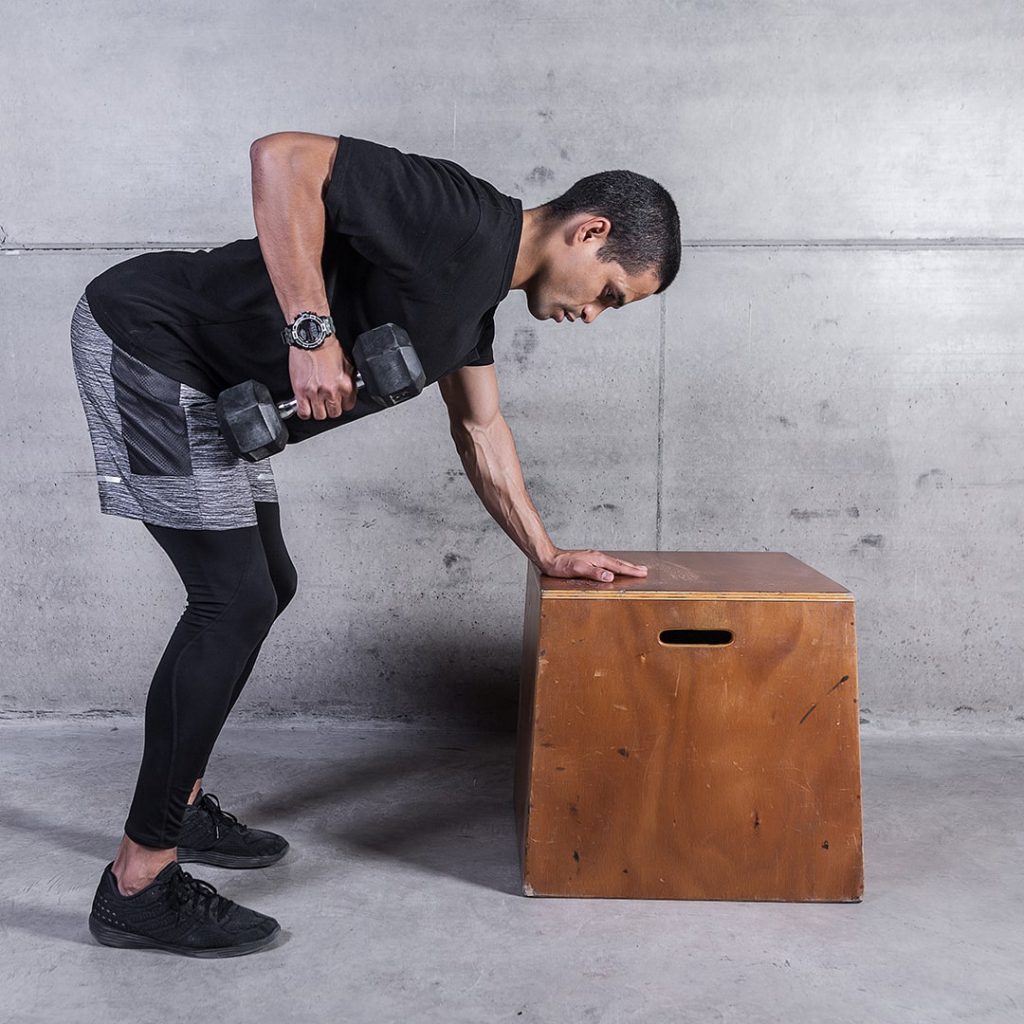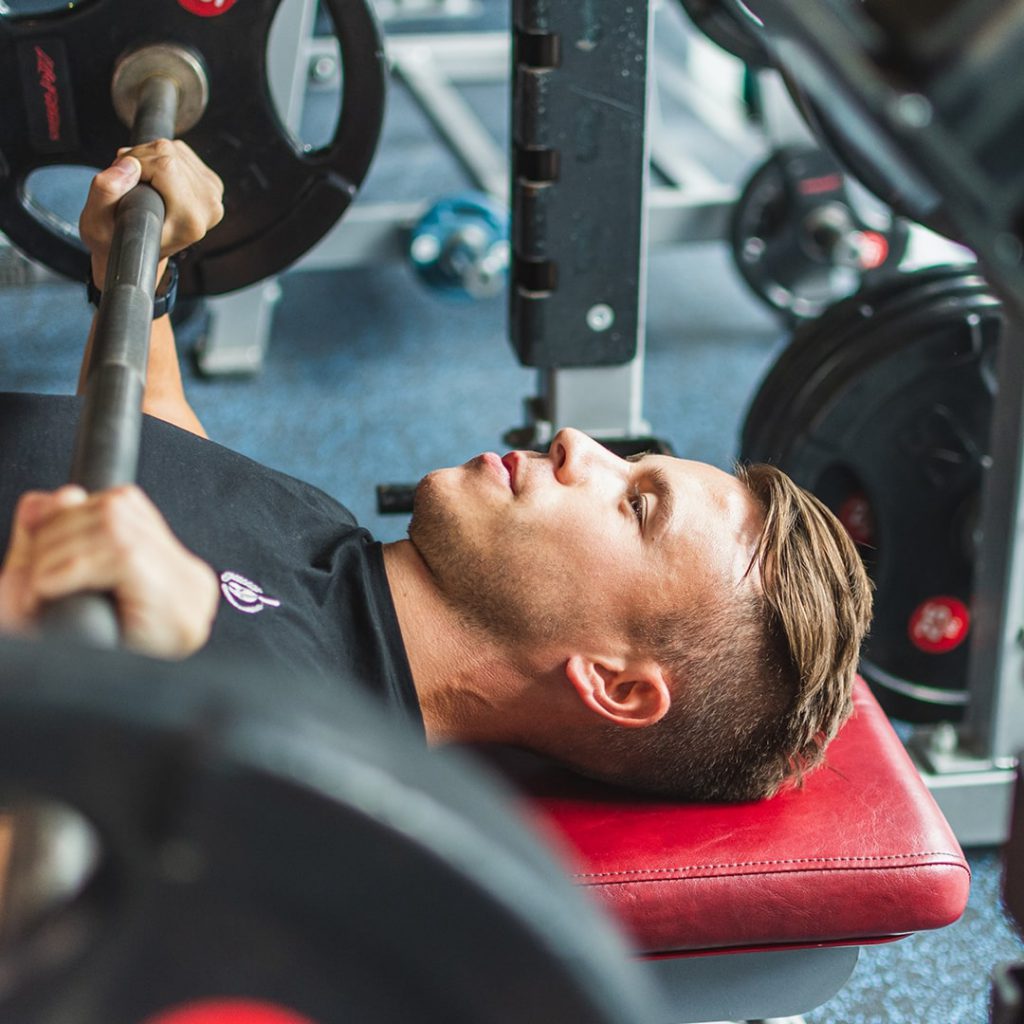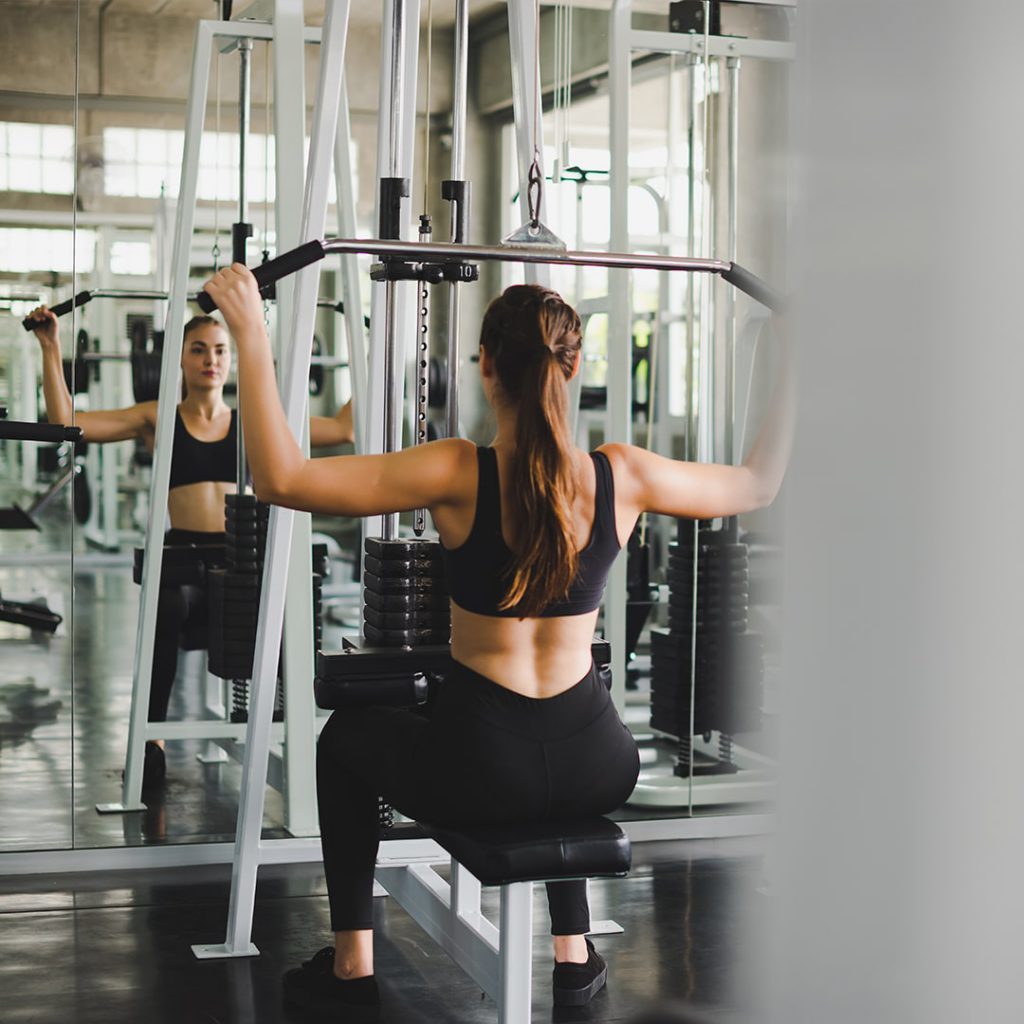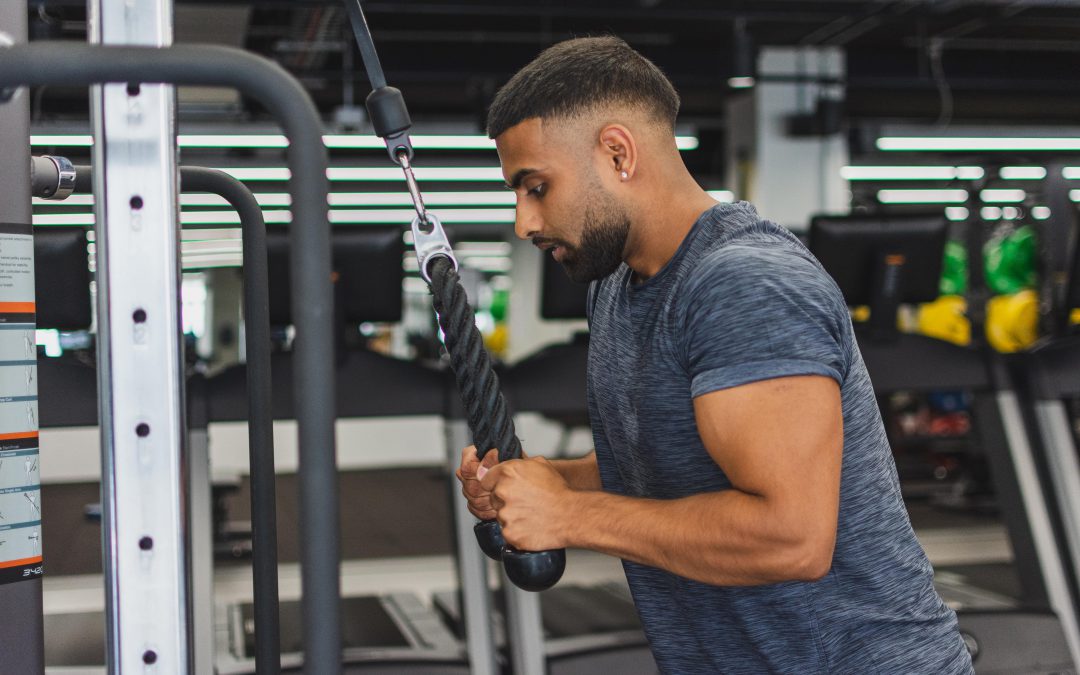When you’re able to hit the gym, and get access to all that equipment, building upper body strength becomes much more accessible.
Increasing your strength means increasing the amount of force you’re able to produce by contracting a muscle. By training for strength, a mixture of neuronal changes and muscle growth occurs, meaning that your body adapts to the exercise, and you’ll keep getting better at it.
But there are loads of indirect ways strength improves your health and fitness too. Conditioning the muscles in this way reduces your risk of injury, improves your posture, increases your energy levels, enhances your endurance, and protects your bones and joints. Plenty of reasons to do it, then.
The muscles in the upper body are more complex than the lower body. Simply because there are many more muscle groups and loads of different exercises, you can choose to target them. Understanding which ones are the most effective for developing upper body strength helps to craft a workout routine that works. That’s why we’ve got a list of 10 that are worth spending time on.
3 Tips for Strength Training
To strength train effectively, there are a couple of top tips that will help you see progress in this area a lot faster. Optimising your workout towards this goal means remembering a few key differences between strength training and other exercise types.
1. Test your 1 rep max
Strength training is all about lifting heavy. Your overall aim is to increase the amount of weight you can lift for each exercise. So, it’s essential to understand what the maximum weight you can lift is. From here, you can always make sure you’re choosing the right weight and challenging yourself.
Testing the amount of weight you can lift for 10 reps won’t help with strength training. Aim to try the amount of weight you can lift for 1-3 reps. Once you know this, you can calculate the amount you should be aiming for when working within the 3-5 rep range.
2. Work within a selected rep range
When strength training, the optimum number of reps to do is between 3-6. Select a number within this and perform it for 4-5 sets. The weight needs to be heavy enough so that this is a challenge.
Aim not to do more than 8 reps within a set. The more repetitions you can achieve, the more likely you are conditioning your muscular endurance more than your strength. Try to keep the rep numbers low and the weight high.
3. Recovery properly
Because of the heavy loads lifted, strength training demands recovery time—both between your sets and between your sessions. Unlike HIIT or circuit training, you won’t be able to do as many exercises or workouts as often.
Your body makes changes and adaptations from strength training during times of rest. It’s a fundamental part of the process. Make sure to get enough so that you can keep progressing and performing at your best.
10 exercises for increasing upper body strength
Bent over rows
Rows are a really versatile movement aimed at working the muscles in the upper back. The most common form of row is the bent-over row, usually done with a set of dumbbells or a barbell.
Unsupported, the bent-over row is a challenging exercise that focuses on the muscles like the rear deltoid, latissimus dorsi, and trapezius but also recruits the core and leg muscles to maintain a flat back throughout and keep the correct posture. It’s not easy.
However, it can also be done with the support of the bench. By working one side at a time and placing the opposite arm and knee on a bench, you can support the core and focus your efforts more on the upper back muscles.

Bench press
An infamous exercise, the bench press is known for developing chest strength. It also helps to develop muscles in the shoulders and arms too. It’s a major compound exercise that should be included in every upper body routine.
The chest press, done with a pair of dumbbells, is also an effective option. By performing this on a bench at a slight incline, you can engage the upper chest muscles a little more. An excellent choice for those not quite ready to hit the barbell.

Barbell overhead press
Pressing a barbell overhead is a great way to develop shoulder strength. It’s another exercise that boasts a long list of muscles recruited to help do the job.
There are also various alternatives for those who aren’t yet ready for the bar. It can be done with dumbbells, while seated, and even with one arm at a time. Most gyms will also have a machine to do the exercise on too. All of these variations are effective ways to build strength in the shoulders.
Rear delt fly
The rear delt fly targets the rear deltoids, which are the muscles at the back of the shoulder. It’s a tricky exercise described as ‘isolated’, meaning there’s only one joint movement pattern involved. For this reason, you’ll find you can’t lift as heavy here.
It can be done standing or seated, depending on core strength, and will take a little bit of getting used to. It deserves a place in your routine after you’ve performed some more compound lifts.
Lat pulldown
The lat pulldown is a recognisable gym machine that most people take a turn on when working the back muscles.
The latissimus dorsi muscles run down the upper back in big triangle shapes and are pretty hard to target from home or with just a pair of dumbbells.
The pulling motion helps develop strength in the upper back and is done from seated.

Push-up
An extremely accessible exercise, the push up can be done by anybody. It’s an excellent way to target the chest and condition other muscles from all across the body.
If you’re not yet able to do the whole thing, there are plenty of regressions for beginners. Performing it against a wall, in a box shape, or on your knees is a good starting point. If you’ve mastered the full version and can do loads in one go, progress the exercises with a single-arm push-up, weighted push-up, or incline push up.
There’s always a reason to include a push-up in your routine.
Pull-up
Doing a pull-up is a marker of fitness progression. It requires strength from muscles all across the upper body and is a common goal people work towards.
A chin-up involves an underhand grip and is slightly easier than a pull-up, which involves a wider overhand grip. Both are highly effective movements to aim for.
Exercises involved in progressing towards a pull up include the inverted row, the lat pull down, and a dead hang. Each of these will go a long way towards helping you increase strength in your shoulders, arms, and back.
Tricep dips
Tricep dips are bodyweight exercises, made easier or harder by the position you do them in. It can be done by perching on the edge of a bench or using a dip station. The more of your own bodyweight you dip with, the harder the exercise will become.
Using a dip station, you can also target the muscles in your chest as well as your triceps.
Hammer curls
The critical difference between the bicep curl and the hammer curl is how you hold the dumbbells. Hammer curls involve a neutral grip, so the dumbbell ends face the ceiling and floor rather than the sides.
Hammer curls involve a slow and controlled movement and target the muscles in your upper arm. The biggest tip is to avoid swinging them or using momentum to shift the weight.
Hang clean and press
The hang clean and press is an exercise involving multiple phases, so it targets many different muscles.
A pair of dumbbells start hanging by your sides, are cleaned up to your shoulders, then pressed overhead. This energy-demanding movement isn’t easy and takes time to practice. But it’s worth it to help you develop upper body strength by working the muscles in your core, arms, and shoulders.



